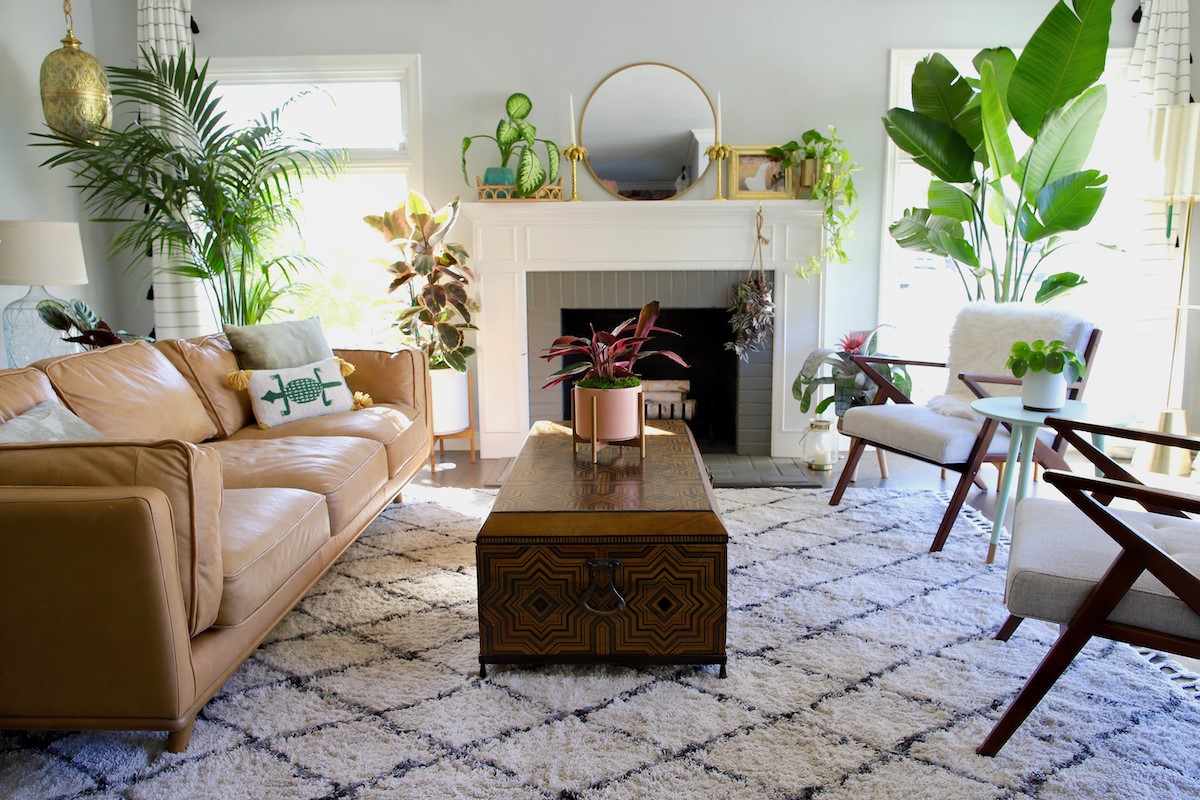

Articles
How To Place Plants In Living Room
Modified: December 7, 2023
Discover creative ideas for placing plants in your living room with these informative articles. Transform your space with vibrant greenery and lush botanicals.
(Many of the links in this article redirect to a specific reviewed product. Your purchase of these products through affiliate links helps to generate commission for Storables.com, at no extra cost. Learn more)
Introduction
Placing plants in your living room not only adds a touch of natural beauty and freshness but also creates a calming and inviting atmosphere. The presence of plants can transform a dull and lifeless space into a vibrant and lively one, making your living room a more pleasant and enjoyable place to be.
When it comes to placing plants in your living room, there are a few key considerations to keep in mind. From selecting the right plants to choosing the perfect containers and arranging them for maximum visual impact, strategic placement can make all the difference in creating a harmonious and visually appealing space.
In this article, we will explore the various factors to consider when placing plants in your living room, as well as provide tips and ideas to help you create an inviting and well-balanced plant arrangement.
Key Takeaways:
- Create a harmonious living room oasis by considering lighting, temperature, and space when placing plants. Choose low-maintenance, pet-friendly options and balance visual impact for a tranquil atmosphere.
- Elevate your living room with lush, multi-dimensional plant arrangements. Balance plants with decor elements, maintain proper care, and enjoy the beauty and benefits of a thriving botanical oasis.
Read more: How To Place A Carpet In A Living Room
Considerations for Placement
Before you start placing plants in your living room, it’s important to consider a few factors to ensure they thrive and complement your space:
- Lighting: Different plants have varying light requirements. Assess the natural lighting in your living room and choose plants accordingly. North-facing windows tend to have less direct sunlight, while south-facing windows receive the most light. East and west-facing windows provide a balance of light throughout the day. If your living room lacks natural light, consider low-light indoor plants like snake plants or pothos.
- Temperature: Most indoor plants prefer temperatures between 60-75°F (15-24°C). Avoid placing plants near drafty windows or heating vents, as extreme temperature fluctuations can stress them. Observe the average temperature in your living room and select plants that are well-suited to that environment.
- Humidity: Indoor environments can be dry, especially during winter when heaters are running. Some plants, like ferns, orchids, and peace lilies, thrive in higher humidity levels. Consider using a humidifier or placing a tray of water near your plants to increase humidity. Alternatively, you can group plants together, as they naturally release moisture through transpiration.
- Space: Evaluate the available space in your living room before selecting plants. Consider the size and growth habit of each plant to ensure they have enough room to spread out and grow. Tall floor plants can be placed in corners, while smaller plants can be displayed on shelves, tables, or windowsills.
- Access: Accessibility is important for plant care. Make sure plants are easily accessible for watering, pruning, and cleaning. Avoid placing plants in hard-to-reach areas or behind furniture, as this can make maintenance difficult.
- Pet and child safety: If you have pets or young children, it’s crucial to choose plants that are non-toxic. Some common houseplants, such as aloe vera, rubber plants, and spider plants, are safe for pets and children. However, others like lilies, ZZ plants, and philodendrons, can be toxic if ingested. Research the toxicity levels of any plants you bring into your living room to ensure the safety of your loved ones.
By considering these factors, you can select the right plants and create an environment where they can thrive, enhancing the overall ambiance of your living room.
Selecting the Right Plants for Your Living Room
When choosing plants for your living room, it’s important to consider not only their aesthetic appeal but also their ability to thrive in an indoor environment. Here are some factors to keep in mind:
- Light requirements: Assess the lighting conditions in your living room and choose plants that can thrive in that environment. Some plants, like succulents and cacti, thrive in bright, direct sunlight, while others, like ferns and peace lilies, prefer indirect or low light conditions.
- Watering needs: Different plants have different watering requirements. Some plants, like pothos and spider plants, prefer to dry out between waterings, while others, like ferns and tropical plants, require consistently moist soil. Consider your lifestyle and how often you’re willing to water your plants when selecting species.
- Growth habit: Consider the size and growth habit of plants before bringing them into your living room. Some plants, like dracaenas and ficus trees, can grow quite large and may require regular pruning or relocation if space becomes an issue. Compact and trailing plants, like ivy or philodendrons, are great options for smaller living rooms.
- Air purifying qualities: Many indoor plants have air-purifying properties, which can help improve the air quality in your living room. Plants such as snake plants, pothos, and peace lilies are known for their ability to filter out toxins and release oxygen.
- Maintenance: Consider how much time and effort you’re willing to invest in plant care. Some plants require minimal maintenance, only needing occasional watering and basic care, while others may be more demanding, needing specific humidity levels, fertilization, or regular pruning.
Once you have considered these factors, you can begin to select plants that suit your preferences and will thrive in your living room environment. Mix and match different types of plants to create visual interest and a balanced aesthetic.
Some popular indoor plant options for living rooms include pothos, spider plants, snake plants, peace lilies, rubber plants, and ZZ plants. These plants are known for their ability to adapt to various light conditions and are generally low maintenance.
Remember to research each plant’s specific care guidelines to ensure they receive the proper care and attention they need to flourish in your living room.
Choosing the Perfect Containers
When it comes to placing plants in your living room, the choice of containers can significantly impact the overall aesthetic appeal. Here are some considerations when selecting containers for your plants:
- Size: Choose containers that allow enough space for the plant’s root system to grow. Avoid containers that are too small as they can restrict root growth and lead to root-bound plants. At the same time, oversized containers may hold excess moisture, leading to root rot. Select containers that provide a comfortable and proportionate fit for your plants.
- Drainage: Proper drainage is essential for the health of your plants. Look for containers with drainage holes to allow excess water to escape. If you find a container without drainage holes that you love, consider using it as a decorative outer pot and placing a smaller plant inside a nursery pot with drainage holes.
- Material: Containers come in various materials, each with its own advantages. Clay or terra cotta pots are porous and allow better airflow to the roots, but they may dry out faster and require more frequent watering. Plastic and ceramic pots retain moisture better and are a good choice for plants that prefer consistently moist soil.
- Style: Consider the overall style and theme of your living room when choosing containers. Opt for containers that complement the existing décor and enhance the overall aesthetic appeal. Sleek and modern containers may work well in contemporary living rooms, while decorative and intricately designed pots may suit more traditional or eclectic spaces.
- Functionality: Think about the practicality of the containers. Containers with handles or casters can make it easier to move plants around for watering or cleaning purposes. Additionally, consider using cache pots (outer decorative pots) to house plants in their original plastic nursery containers. This allows for easy removal for watering and prevents water from accumulating at the bottom of decorative pots.
Remember to choose containers that align with your plant’s needs and your personal style preferences. Don’t be afraid to mix and match different container styles and materials to create a visually appealing display of plants in your living room.
Once you have selected the perfect containers, ensure that you place a saucer or tray under each plant to collect excess water and protect your living room surfaces from moisture damage.
Arranging Plants for Maximum Visual Impact
Arranging plants strategically in your living room can create a visually stunning display that enhances the overall aesthetic and ambiance of the space. Here are some tips to help you arrange your plants for maximum visual impact:
- Grouping: Group plants together to create a lush and cohesive display. Clustering plants of varying heights, textures, and colors can add visual interest and create a focal point in the room. Consider using a variety of plant types, such as tall floor plants, trailing vines, and small tabletop plants, to create dimension and depth.
- Focal point: Choose a focal point in your living room, such as a fireplace, window, or empty wall, and arrange your plants around it. This draws the eye towards the center of the room and creates a visually pleasing arrangement. Use taller plants towards the back and shorter ones towards the front to create a layered effect.
- Balance and symmetry: Create a sense of balance by arranging plants symmetrically. Place equal-sized plants on each side of a focal point to create a harmonious arrangement. This technique works well for mantels, shelves, or side tables.
- Trailing plants: Use trailing plants, like pothos or ivy, to add a cascading effect. Allow them to drape over shelves, hang from planters, or climb along a trellis. Trailing plants not only add visual interest but also create a sense of flow and movement in the room.
- Height variation: Mix plants of different heights to add drama and visual appeal. Incorporate tall floor plants, medium-sized plants on stands or planters, and smaller plants on tabletops. This variation in height creates a dynamic arrangement and fills vertical space in the room.
- Color coordination: Consider the color palette of your living room when selecting plants. Choose plants with foliage colors that complement or contrast with the existing color scheme. For example, if you have a neutral-toned living room, consider adding plants with vibrant green foliage to create a pop of color.
- Empty spaces: Leave some empty spaces between plants to give them room to breathe and allow their individual beauty to shine. Avoid overcrowding plants, as it can make the arrangement look cluttered and may hinder their growth.
By following these tips and experimenting with different arrangements, you can create a visually striking display of plants that transforms your living room into a tranquil and inviting oasis.
When placing plants in the living room, consider the natural light and temperature of the space. Choose plants that thrive in the conditions of your living room to ensure they stay healthy and vibrant.
Read more: How To Place A Piano In A Living Room
Creating Different Heights and Layers
When arranging plants in your living room, creating different heights and layers adds visual interest and depth to the space. Here are some techniques to help you achieve various heights and layers:
- Stands and planters: Utilize different types of stands and planters to elevate your plants. Place taller plants on floor stands or furniture risers to create a vertical element in the room. Opt for stands or planters that complement your living room decor and provide stability for your plants.
- Hanging plants: Hanging plants add another layer to your plant arrangement and utilize vertical space. Install hooks or wall-mounted plant hangers to suspend trailing plants from the ceiling or wall. This not only adds height but also creates a beautiful cascading effect.
- Shelving: Install shelves on your walls to create multiple levels for displaying plants. Place shorter plants on lower shelves, medium-sized plants on middle shelves, and taller plants on the highest shelves. This arrangement helps create a layered and visually appealing display.
- Plant stands: Use plant stands and pedestals of varying heights to create a tiered effect. Place taller plants on taller stands and shorter plants on lower stands. This arrangement allows each plant to be seen and appreciated individually while creating a sense of visual harmony.
- Stacking and grouping: Stack multiple planters of various sizes and heights to create a layered effect. Start with a larger planter as the base and place smaller planters on top, staggering them to create height variation. Fill the planters with different types of plants for added interest.
- Decorative objects: Incorporate decorative objects, such as books, sculptures, or lanterns, to add height and layers to your plant display. Place these objects strategically amongst your plants to create visual focal points and further enhance the overall arrangement.
Remember to consider the available space in your living room when creating different heights and layers. Avoid overcrowding and ensure that each plant has enough room to grow and thrive. Regularly assess the arrangement and make adjustments as needed to maintain a balanced and visually appealing display.
By implementing these techniques, you can create a multi-dimensional and visually captivating arrangement of plants in your living room.
Balancing Plants with Other Décor Elements
When placing plants in your living room, it’s important to strike a balance between the botanical elements and other decor elements in the space. By harmonizing plants with other decor elements, you can create a cohesive and visually pleasing environment. Here are some tips to help you achieve this balance:
- Color coordination: Consider the color scheme and palette of your living room when selecting both plants and decor elements. Choose plants with foliage colors that complement or contrast with the existing decor. This creates a harmonious visual flow throughout the space.
- Texture variation: Mix and match different textures to create visual interest. Choose plants with different leaf shapes, sizes, and textures to add dimension. Pair them with decor elements that have varying textures, such as woven baskets, textured artwork, or ceramic vases.
- Scale and proportion: Consider the scale and proportion of both plants and decor elements. Ensure that the size of the plants and decor objects is balanced and complements the size of the room. Avoid overcrowding or placing small plants next to large decor pieces, as this can create a disproportionate and cluttered look.
- Contrast: Use contrasting elements to create visual impact. Pair sleek and modern planters with traditional or vintage decor pieces for an eclectic and interesting juxtaposition. Consider using plants with soft, flowing leaves alongside angular or geometric decor objects to create a pleasing contrast.
- Negative space: Allow for some empty space between plants and other decor elements. Negative space helps to create visual breathing room and prevent the arrangement from appearing cluttered. It also allows each element to be appreciated individually.
- Symmetry and asymmetry: Choose whether you want a more symmetrical or asymmetrical arrangement, depending on your personal style and the overall design of your living room. Symmetrical arrangements create a sense of order and balance, while asymmetrical arrangements can add a touch of creativity and playfulness.
- Consider the room’s theme: If your living room follows a particular theme or design style, ensure that the plant selections and decor elements align with that theme. For example, a bohemian-inspired room might have a mix of eclectic planters and natural woven decor pieces, whereas a minimalist room would showcase simple, streamlined planters with clean lines.
By balancing plants with other decor elements, you can create a visually pleasing and cohesive living room that showcases both the beauty of nature and your unique design aesthetic.
Maintaining and Caring for Your Living Room Plants
Caring for your living room plants is essential to ensure their health and longevity. By following proper maintenance practices, you can create an environment in which your plants thrive and continue to enhance your living space. Here are some essential tips for maintaining and caring for your living room plants:
- Watering: Establish a regular watering routine based on the specific needs of your plants. While some plants prefer consistently moist soil, others require the soil to dry out between waterings. Avoid overwatering, as it can lead to root rot, and underwatering, which can cause wilting and stunted growth. Stick your finger into the soil to check its moisture level before watering.
- Light requirements: Ensure that your plants receive the right amount of light for their specific needs. Place light-loving plants near windows that receive bright, indirect sunlight, while shade-tolerant plants can be positioned further away from windows or in areas with filtered light. Rotate your plants periodically to ensure even light exposure.
- Humidity: Some plants thrive in higher humidity levels. Increase humidity around your plants by misting them with water, placing a tray of water nearby, or using a humidifier. Grouping plants together can also create a microclimate of increased humidity through transpiration.
- Pruning and grooming: Regularly prune your plants to maintain their shape and encourage bushier growth. Remove dead or yellowing leaves, as they can be a sign of nutrient deficiencies or overwatering. Groom your plants by gently wiping the leaves with a damp cloth to remove dust and promote better light absorption.
- Fertilizing: Feed your plants with a balanced, water-soluble fertilizer during the growing season. Follow the instructions on the fertilizer packaging and avoid overfertilization, as it can lead to nutrient burn. Fertilize your plants less frequently during the dormant season or winter months.
- Pests and diseases: Keep an eye out for common plant pests like aphids, spider mites, and mealybugs. Regularly inspect your plants for any signs of infestation, such as discoloration, sticky residue, or webbing. If pests are detected, take immediate action with appropriate organic or chemical treatments to prevent the infestation from spreading.
- Monitoring: Observe your plants for any changes in growth, appearance, or behavior. Monitor for signs of stress, such as wilting, yellowing leaves, or stunted growth. Respond to any issues promptly to avoid a decline in plant health.
- Seasonal care: Adjust your care routine to accommodate seasonal changes. Pay attention to temperature fluctuations, humidity levels, and light conditions in different seasons. Some plants may require a reduction in watering during winter months when growth rates slow down.
Remember to research the specific care needs of your plants, as different species may have specific requirements. Treat your plants with care, love, and attention, and you will enjoy their beauty and benefits for years to come.
Conclusion
Placing plants in your living room is an excellent way to bring nature indoors and create a welcoming and refreshing ambiance. By carefully considering factors such as lighting, temperature, space, and pet or child safety, you can select plants that not only beautify your living room but also thrive in their new environment.
Choosing the perfect containers that provide adequate space and drainage, as well as complement the overall decor of the room, is crucial for the health and visual appeal of your plants. Additionally, arranging your plants for maximum visual impact by creating different heights and layers, balancing them with other decor elements, and paying attention to color coordination and texture variation can elevate the aesthetic appeal of your living room.
However, it doesn’t end with the placement and arrangement of the plants. Regular maintenance and care are essential for the well-being of your living room plants. This includes proper watering, providing the right amount of light, monitoring humidity levels, pruning, fertilizing, and addressing any pest or disease issues that may arise.
By following these guidelines and nurturing your plants with love and attention, you can create a vibrant and thriving botanical oasis in your living room. The presence of plants not only enhances the aesthetic appeal of the space but also provides numerous health benefits, such as improved air quality and increased overall well-being.
So, whether you have a small apartment or a spacious living room, there is always room to incorporate plants and create a connection with nature. Take the time to research the care requirements of your chosen plants, experiment with different arrangements, and enjoy the beauty and tranquility that these green companions bring to your living space.
Remember, the journey of placing and caring for your living room plants is a continuous one, filled with learning and growth. Embrace the joys and challenges along the way, and watch as your living room transforms into a thriving oasis of natural beauty.
Frequently Asked Questions about How To Place Plants In Living Room
Was this page helpful?
At Storables.com, we guarantee accurate and reliable information. Our content, validated by Expert Board Contributors, is crafted following stringent Editorial Policies. We're committed to providing you with well-researched, expert-backed insights for all your informational needs.
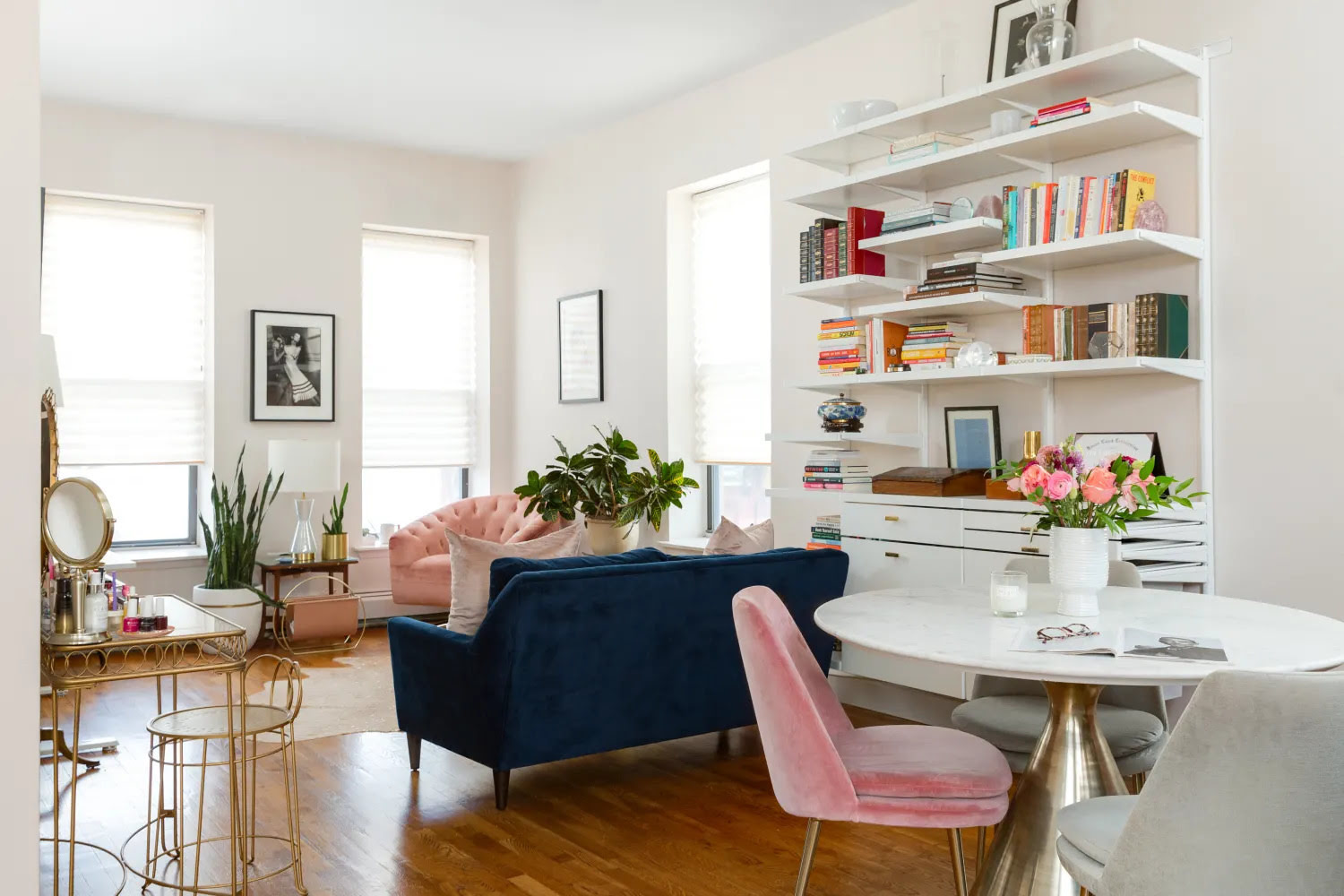
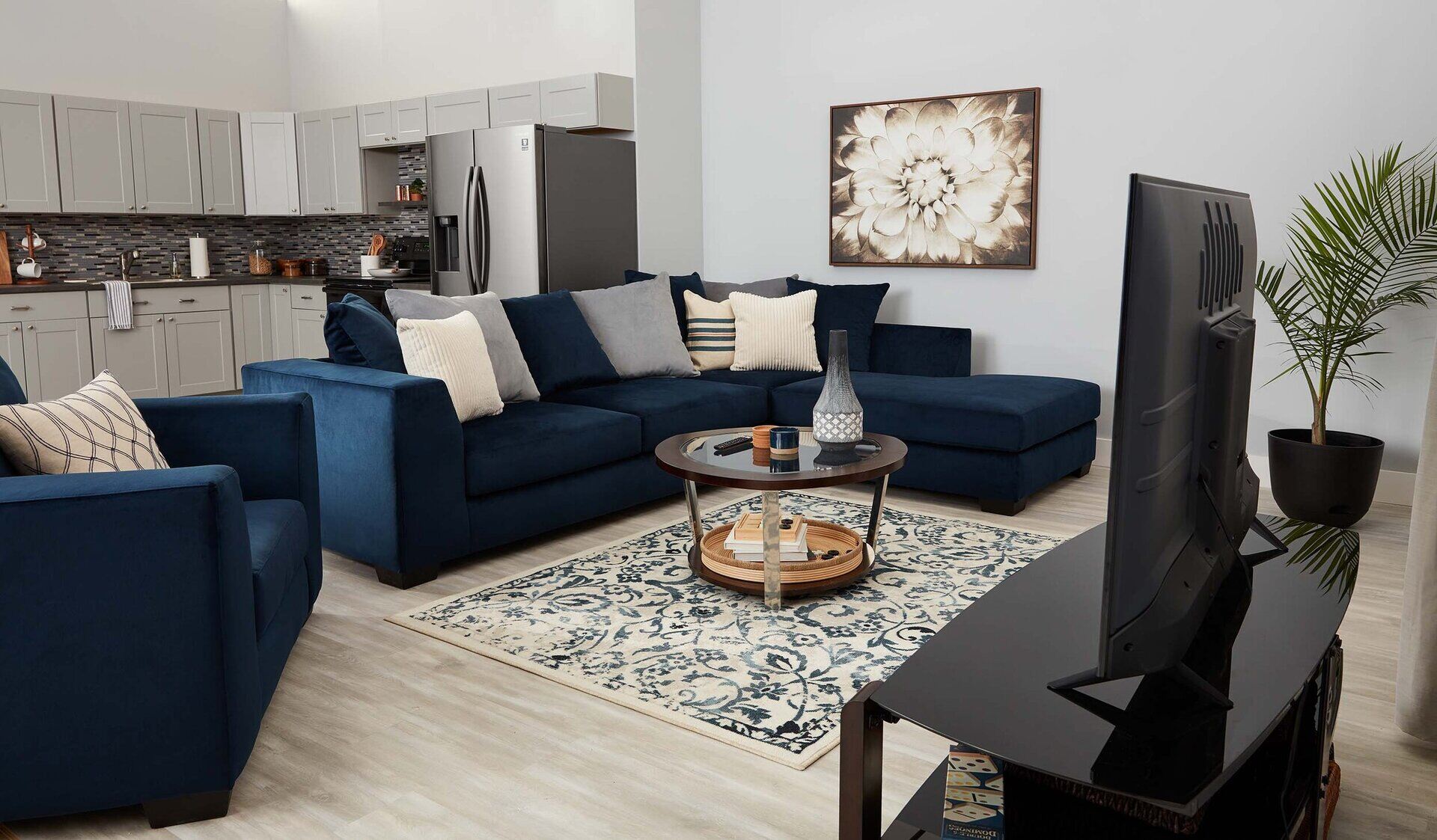
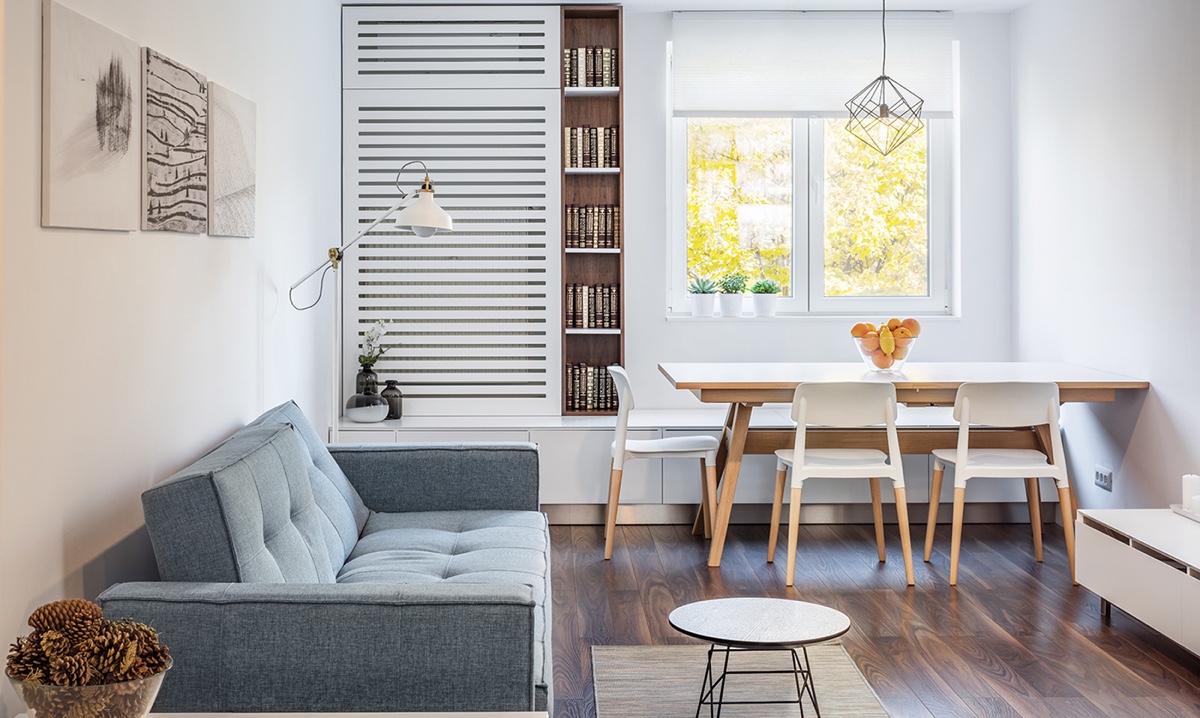
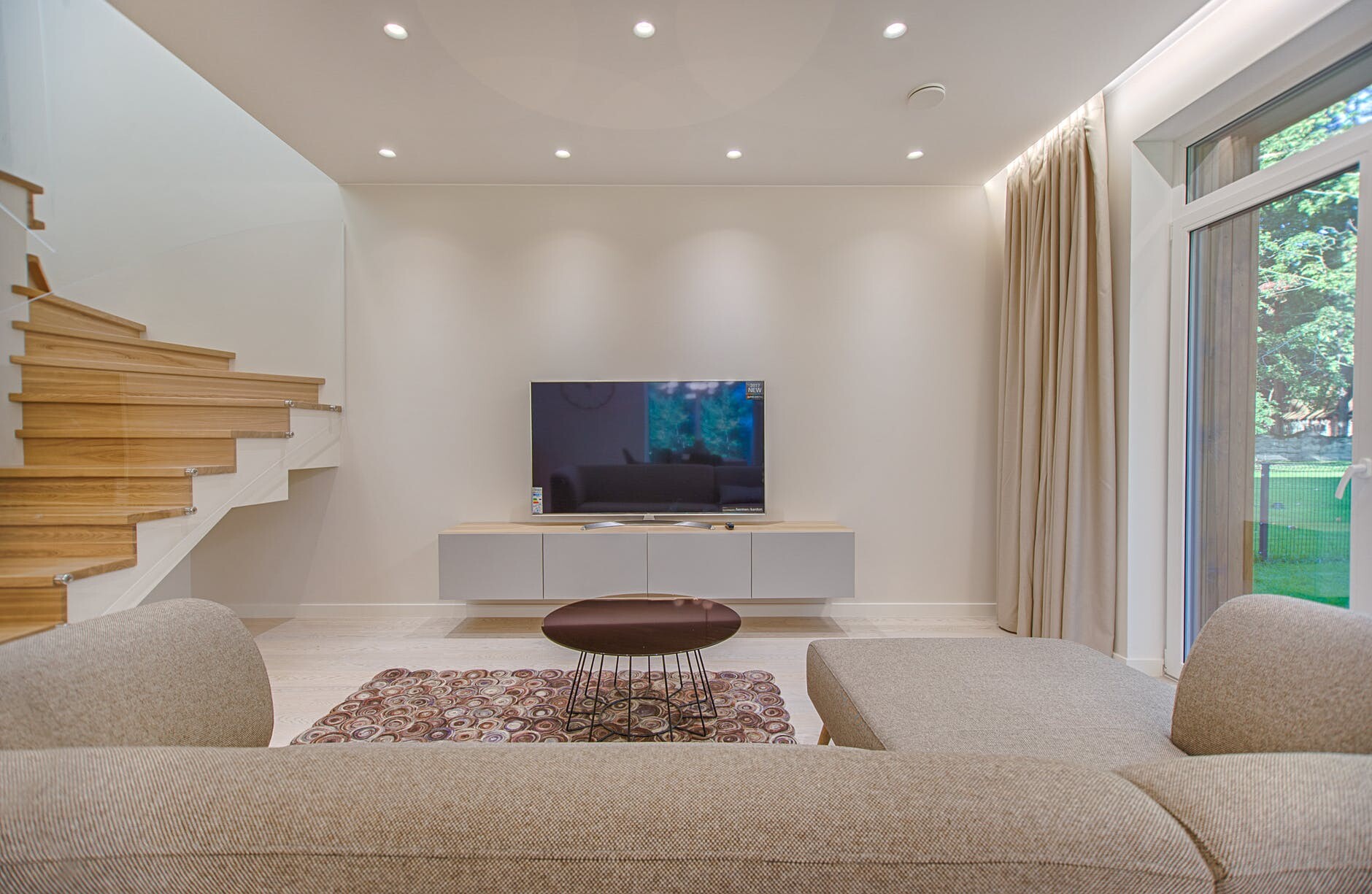
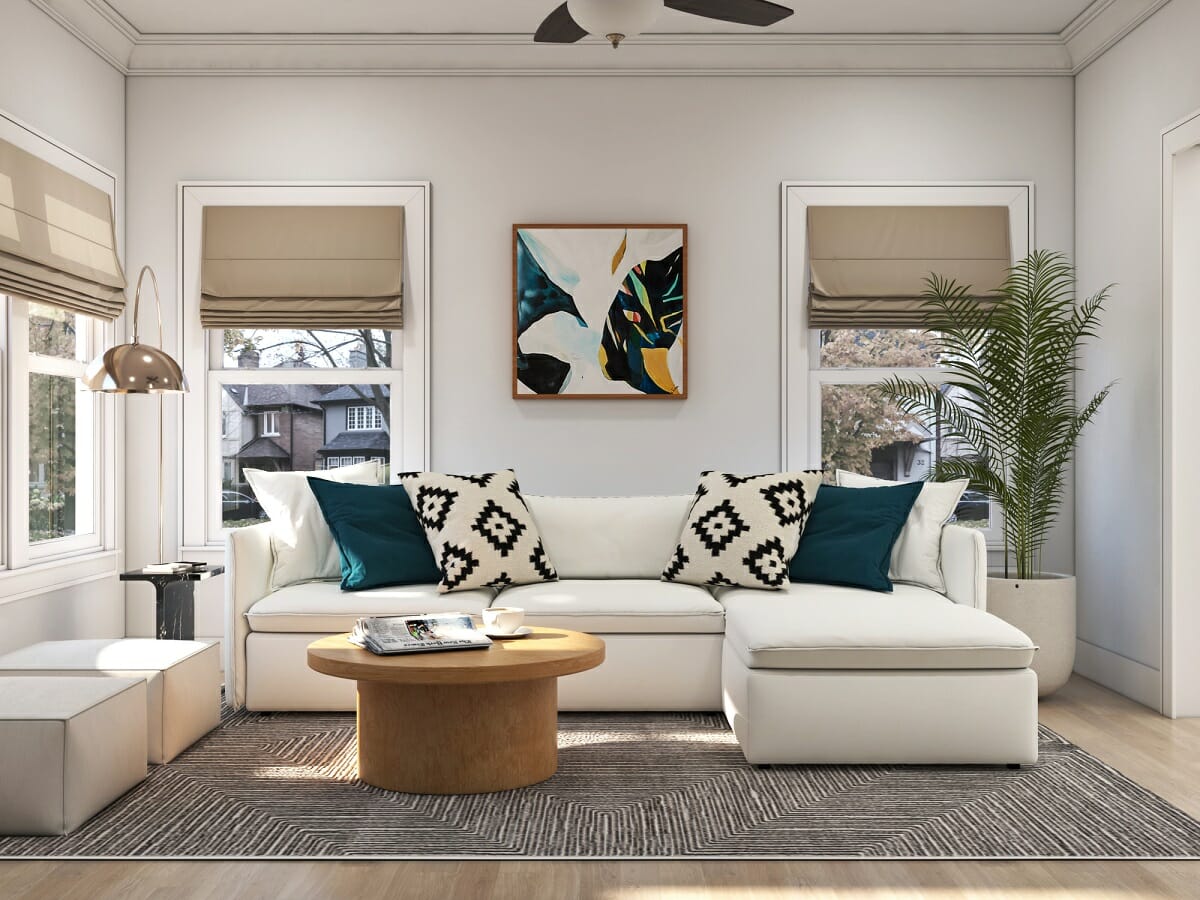
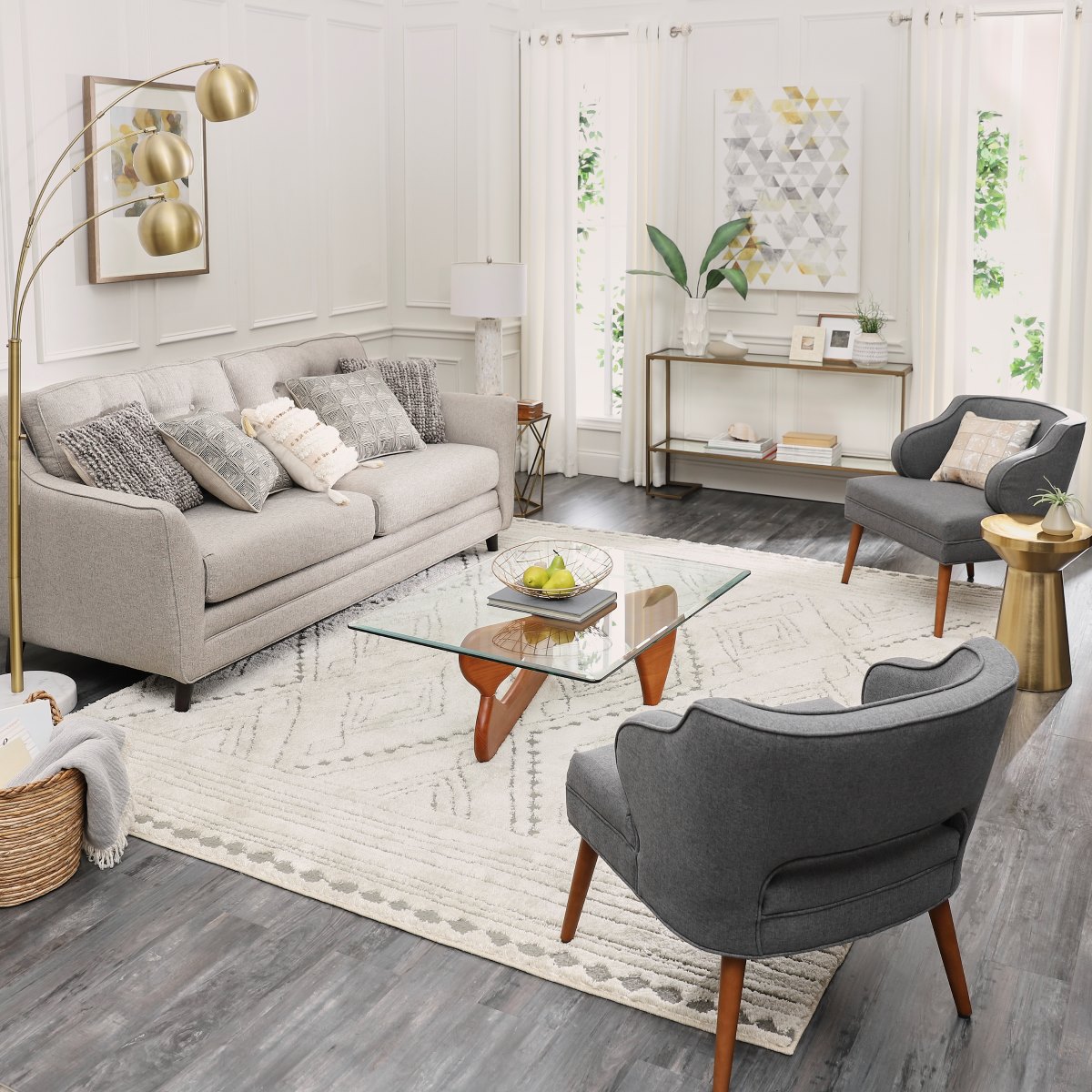
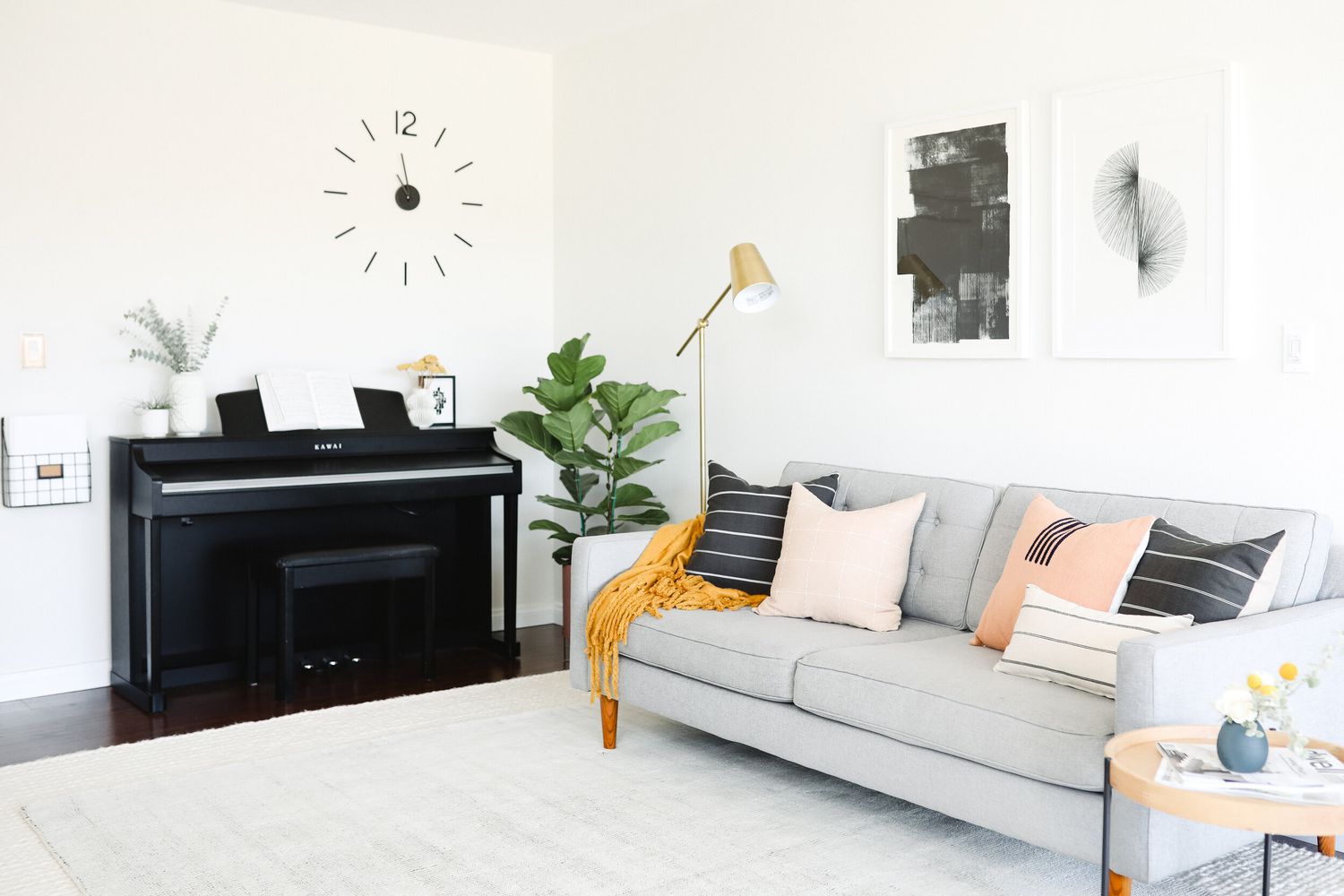
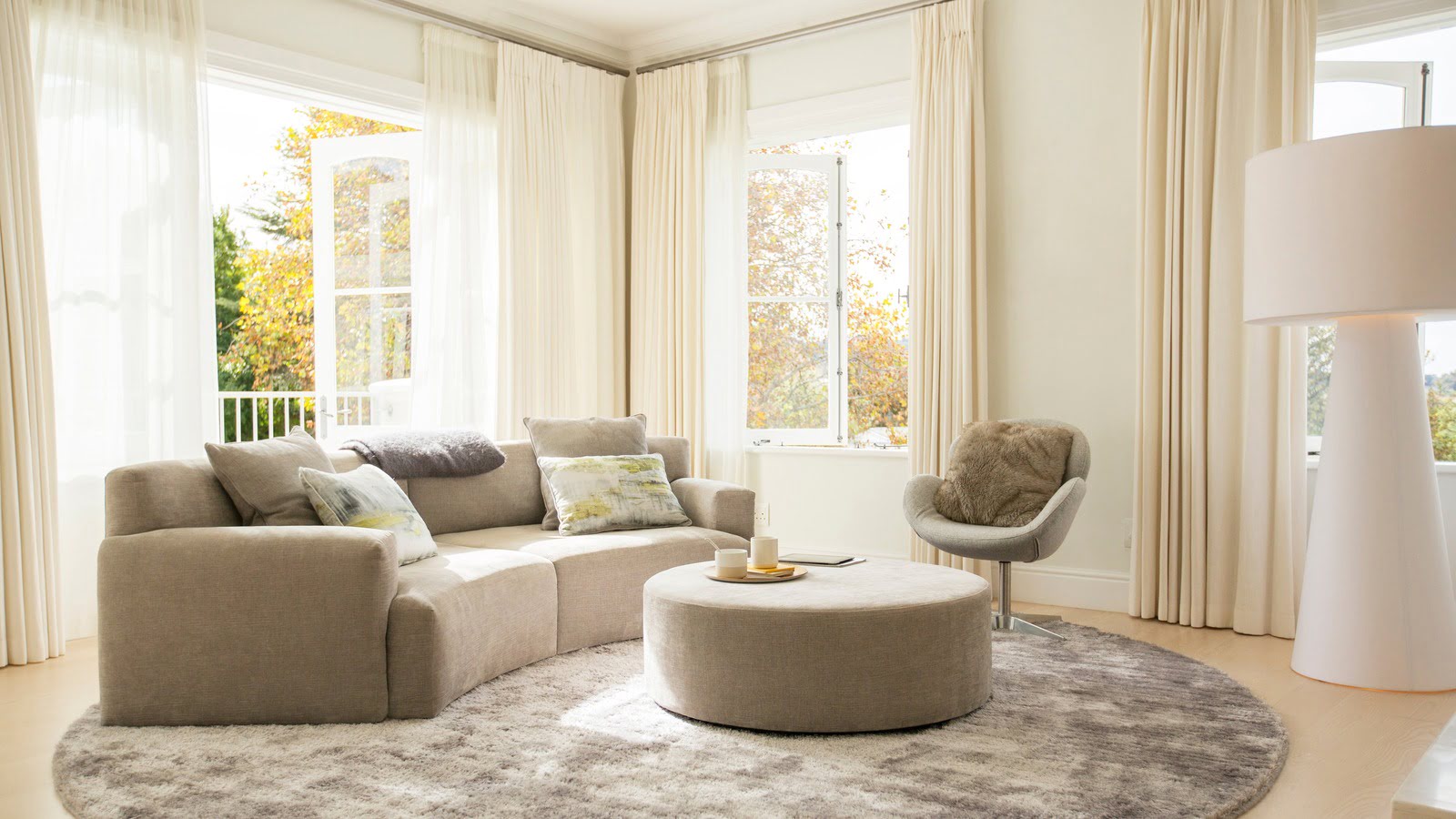
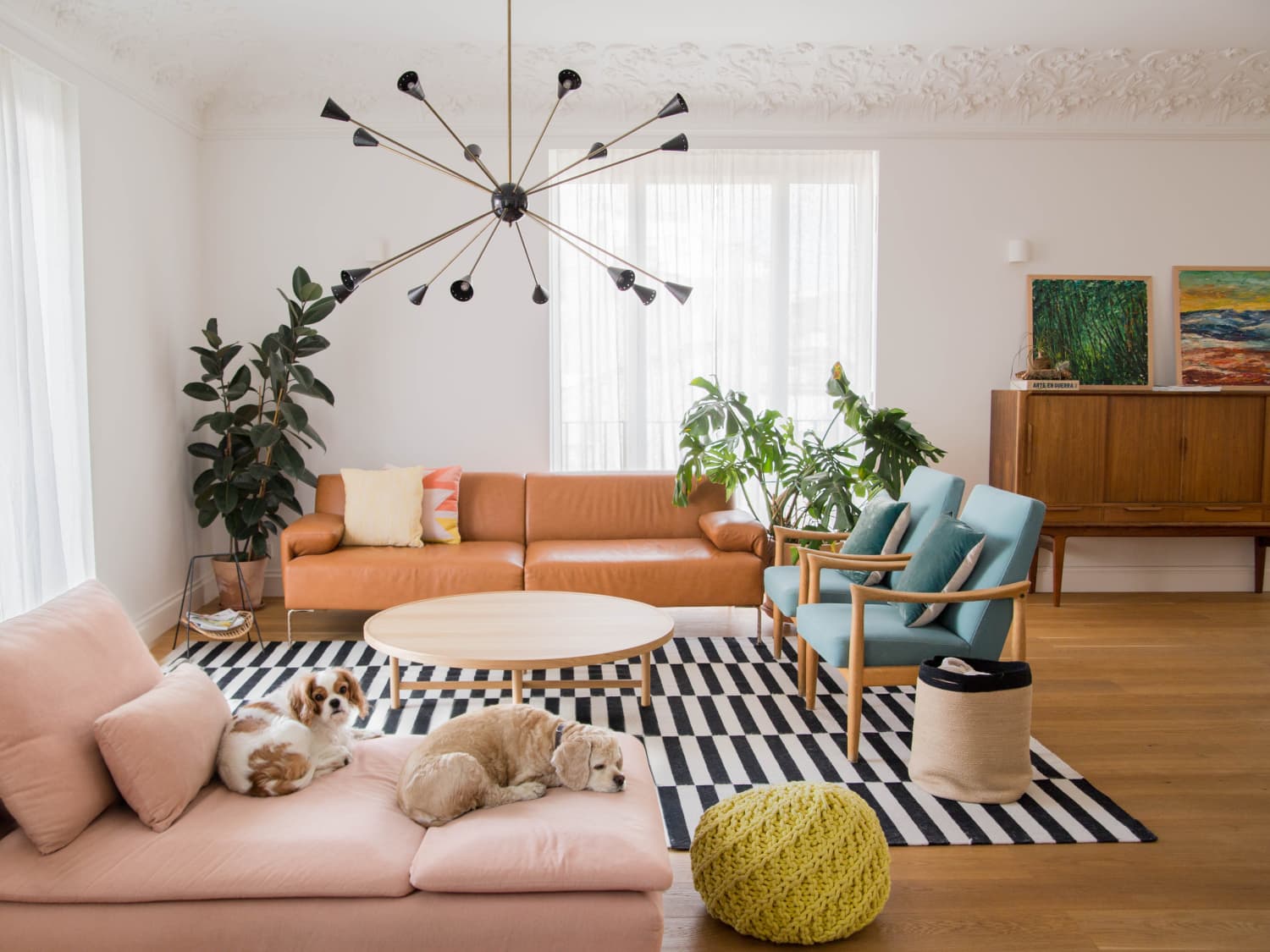
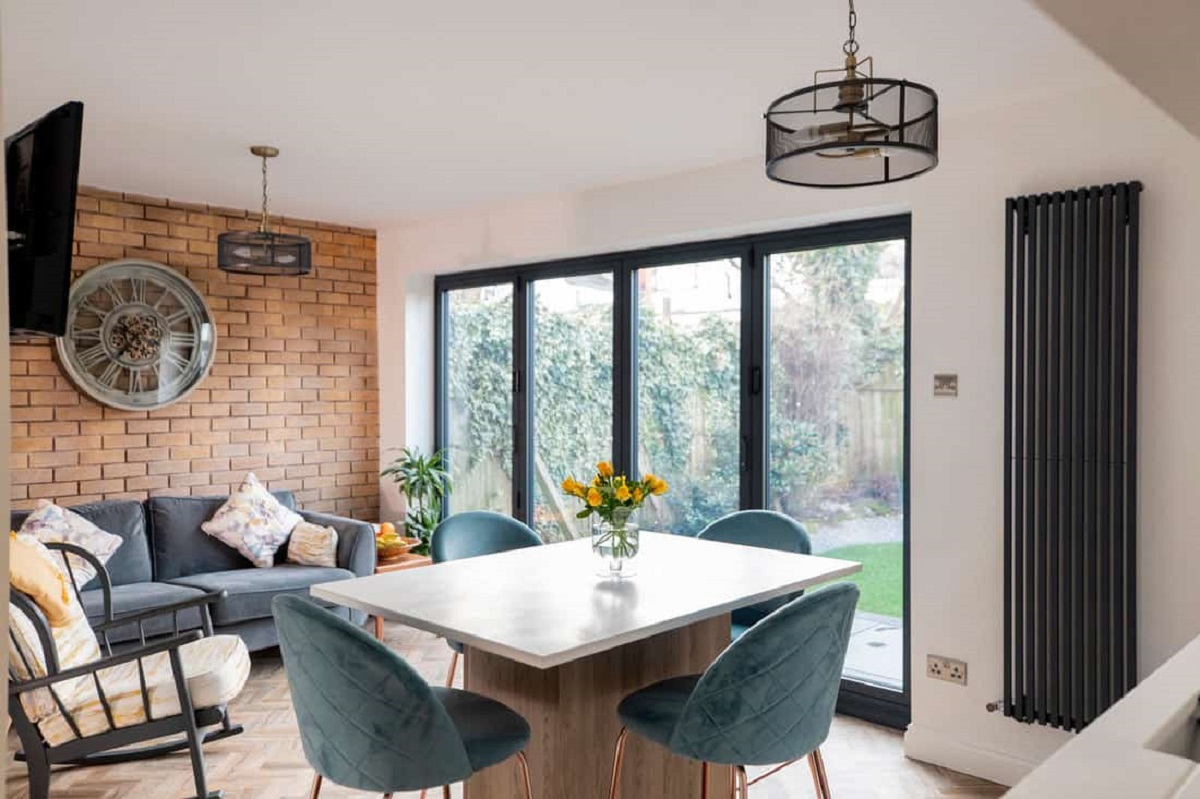
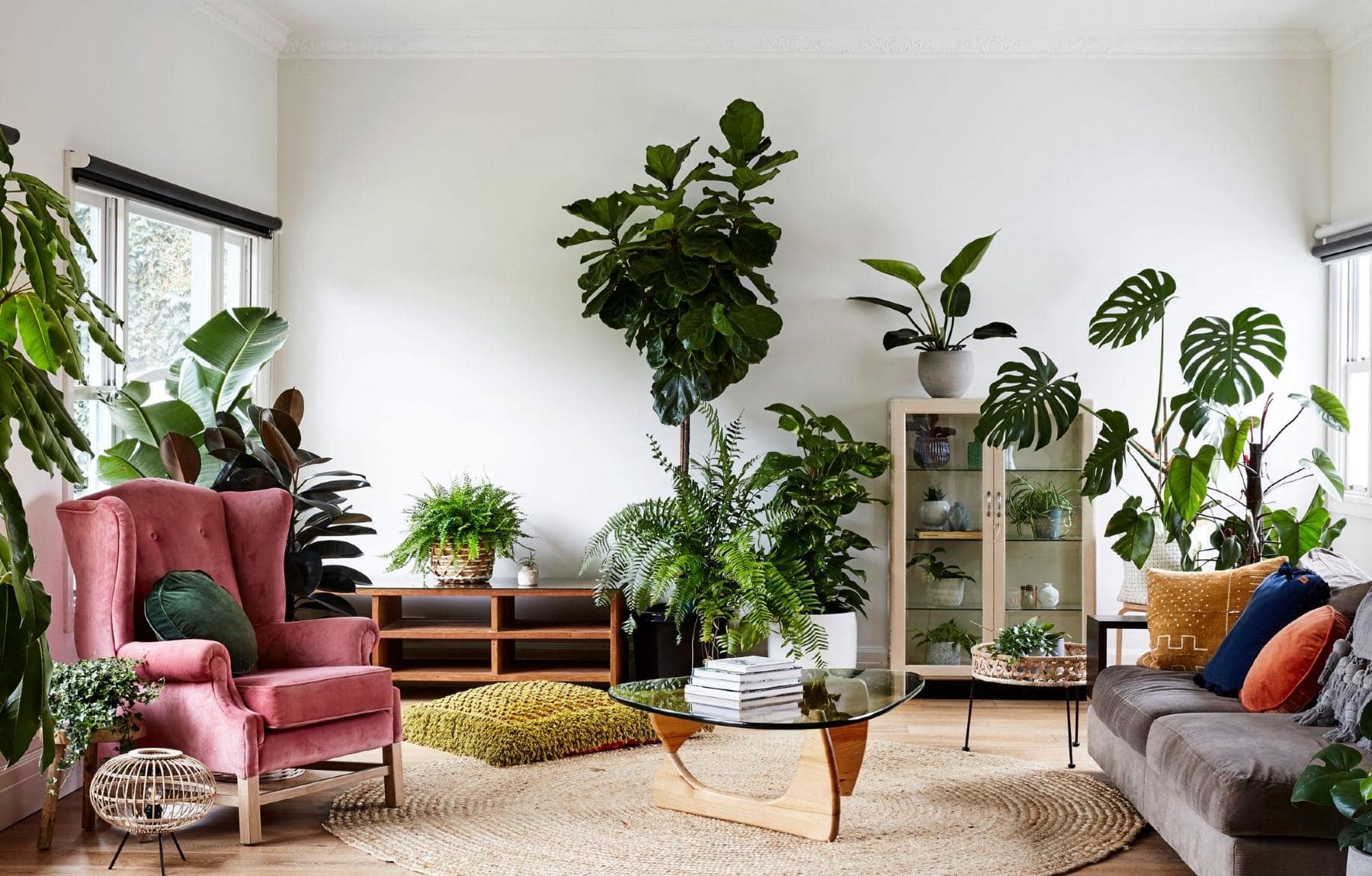
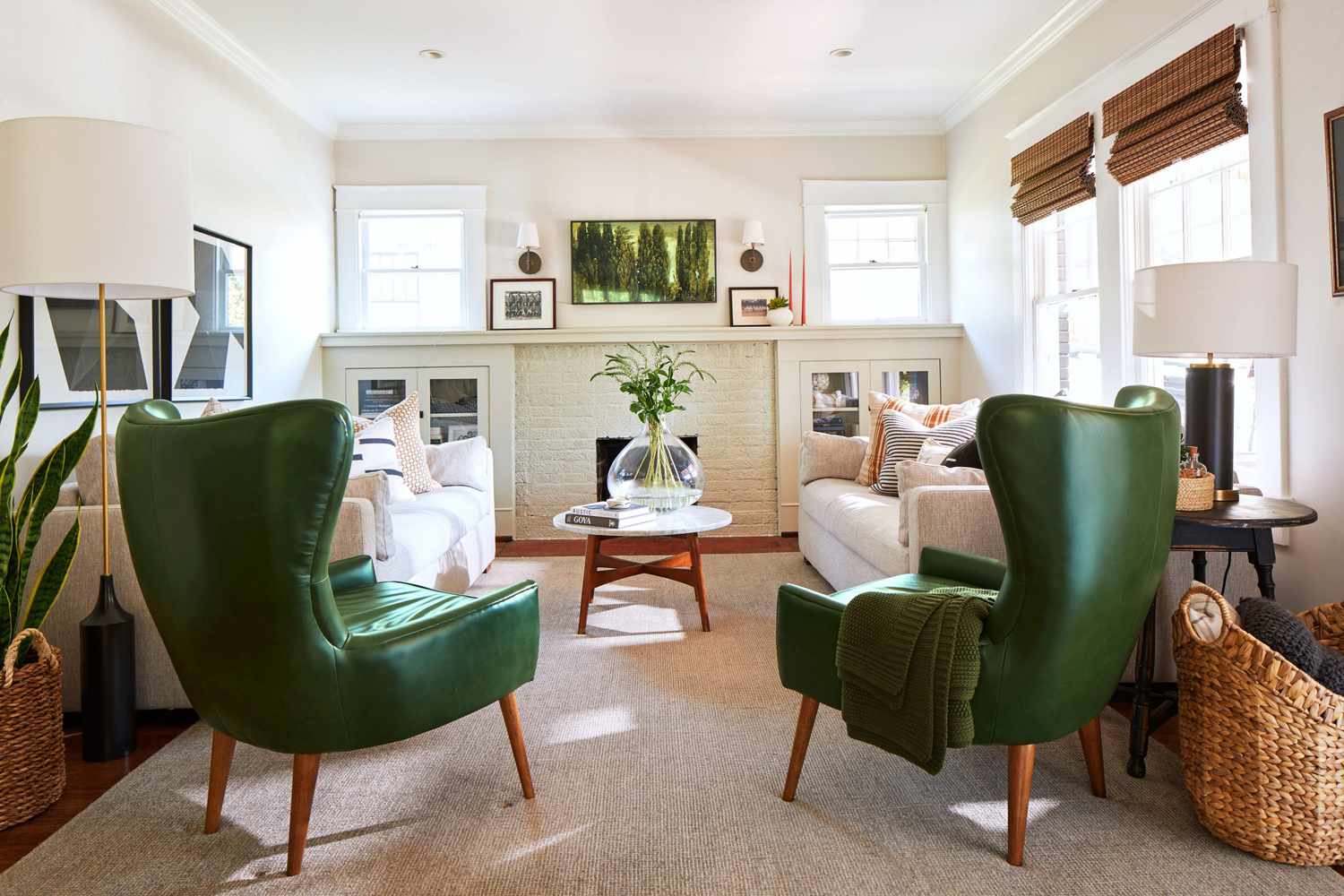
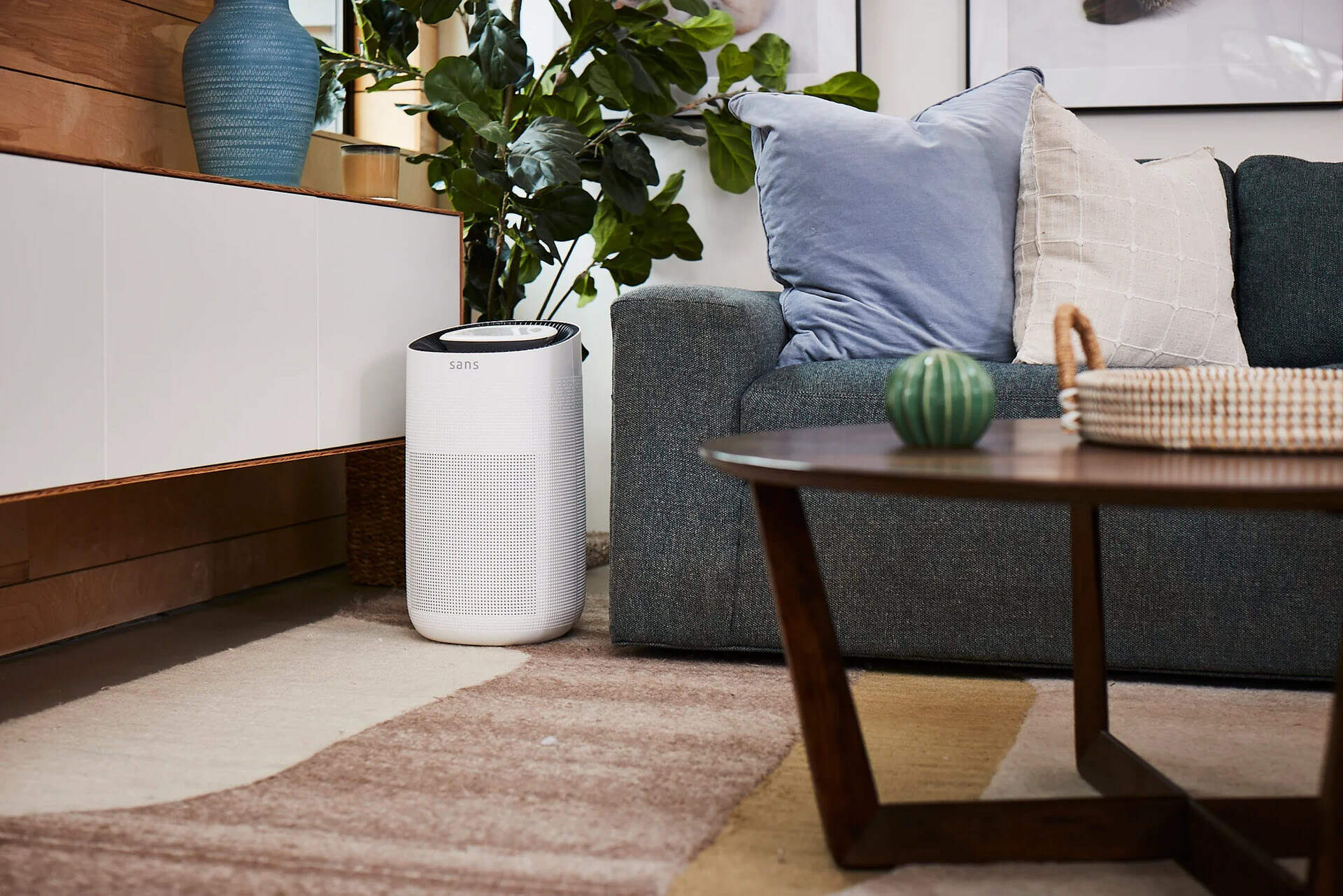
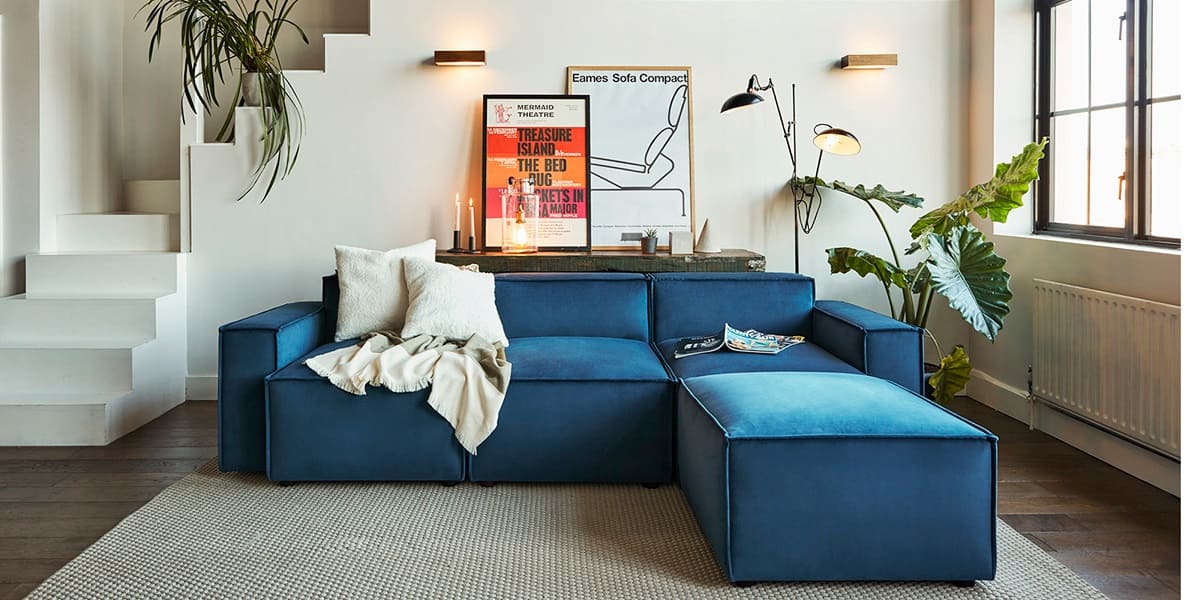

0 thoughts on “How To Place Plants In Living Room”